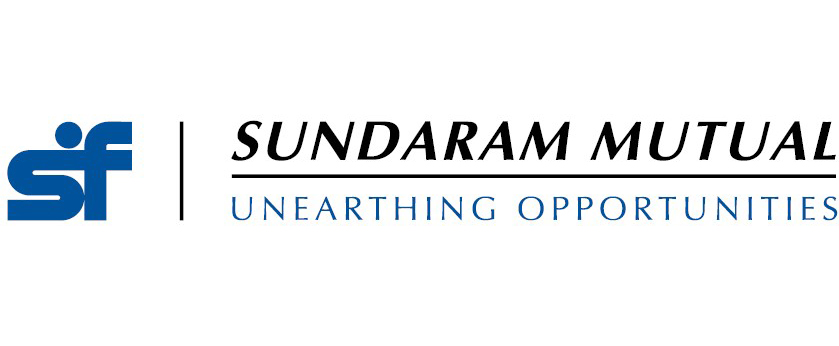Are you investing in the right hybrid mutual funds (Part 1)

There are three broad types of mutual fund schemes – equity, debt and hybrid. Equity funds invest primarily in equity and equity related securities. Their primary investment objective is capital appreciation. Equity, as an asset class, is subject to market risks. You need to have high risk appetite and long investment horizons for equity funds.
Debt funds invest in debt and money market instruments. Their primary investment objective is income generation; some debt funds may also provide capital appreciation. Though debt funds are subject to interest rate and credit risks, their returns are much less volatile than equity funds. Investors are usually quite clear, whether they want to invest in equity or debt based on their needs. However, investors are sometimes confused whether they should invest in hybrids funds and in what type of hybrid fund.
What are hybrid funds?
Hybrid funds invest in multiple asset classes e.g. equity, debt, etc. There are different types of hybrid funds with different asset allocations. You should understand that the asset allocation of one type of hybrid fund can be very different compared to another type of hybrid fund. Since risk profile of a scheme depends on its asset allocation, the risk characteristics of different types of hybrid funds can be very different. You should understand the risks very clearly and make informed investment decisions according to your needs. You should know that risk and returns are related. If you want to take less risk then your returns expectations should also be lower and you should plan accordingly.
Suggested reading: what is asset allocation and why it is important
In this two-part blog post, we will discuss about different type of hybrid funds, their asset allocation, risk/ return characteristics and how you can decide where to invest.
Things to consider before investing
- Investment need – Why you want to invest, your financial goal
- Risk appetite – How much risk you can take based on your age, financial situation, goal tenure etc.
- Risk tolerance – How comfortable you are with volatility
- Investment horizon – How long you want to remain invested
- Taxation – Some hybrid schemes are taxed as equity funds, while some may be taxed as debt funds.
If you are very clear about your specific requirements, then you can make informed investment decisions. You should consult with your financial advisor if you need help in understanding how these questions relate to your needs. Let us now discuss different types of hybrid funds.
Aggressive Hybrid Funds
According to SEBI’s mutual fund categorization circular, aggressive hybrid funds can invest 65 – 80% of their assets in equity and equity related securities and 20 – 35% of their assets in debt and money market instruments. You should understand that since aggressive hybrid funds invest minimum 65% of their assets in equity, their performance in different market conditions will be like equity funds, with lesser downside risk in market corrections. In other words, these funds are likely to give higher returns in bull markets (like equity funds) and give negative returns in bear markets, though the losses will be lesser than equity funds. The chart below shows the category average annual returns of aggressive hybrid funds over the last 5 years.

Source: Advisorkhoj Research, as on 9th August 2021.
Who should invest?
Aggressive Hybrid Funds are suitable for investors who want to invest in equity for capital appreciation or wealth creation, but want lesser downside risks compared to equity funds. These funds are suitable for first time equity investors, who do not have experience of volatile markets. You need to have high risk appetite and minimum 5 year investment tenure for these schemes.
Balanced Advantage Funds
Balanced Advantage Funds or Dynamic Asset Allocation Funds can invest in debt and equity dynamically according to market conditions. There is no upper or lower limit for either asset class. Balanced Advantage Funds usually reduce equity allocations when valuations are high (bull markets) and increase equity allocations when valuations are low (bear markets). Since these schemes have lower equity allocations at market peaks, they see lesser drawdowns in market corrections. These funds usually give lower returns compared to aggressive hybrid funds in bull markets, but also have higher returns or lesser losses in bear markets (see the chart below).

Source: Advisorkhoj Research, as on 9th August 2021.
Who should invest?
Balanced Advantage Funds are suitable for investors who want to invest in equity for capital appreciation or wealth creation, but want lesser downside risks compared to aggressive hybrid funds. These funds are suitable for investors who do not have high risk tolerance and may be seeking performance consistency across different market conditions. You need to have moderately high risk appetite and minimum 5 year investment tenure for these schemes.
Multi Asset Funds
Multi Asset Funds must invest in at least three asset classes. Minimum allocation to each asset class should be 10%. The three main asset classes, these schemes invest in are equity, debt and gold. Multi Asset Funds may also invest in REITs and InvITs. Equity and gold are often counter cyclical to each other i.e. they outperform / underperform each other different investment cycles. Gold may act as a hedge against equity risks (see the chart below).

Source: Advisorkhoj Research, as on 9th August 2021.
Who should invest?
Multi Asset Funds are suitable for investors who want to further diversify their portfolio by adding least one more asset class in their portfolio other than debt and equity. These funds are suitable for investors seeking to have gold in their asset allocation. You need to have moderately high risk appetite and minimum 5 year investment tenure for these schemes.
You may like to read how to choose right mutual funds according to your need
Conclusion of this part
In this two part post, we are discussing about how to select the right hybrid funds according to your needs. You need to clearly define your needs and then select schemes accordingly. In this post, we have discussed about three hybrid fund categories, aggressive hybrid funds, balanced advantage funds and multi asset funds. In the second part, we will discuss about three more hybrid categories, conservative hybrid funds, equity savings funds and arbitrage. We will also discuss the taxation of different hybrid funds.
Mutual Fund Investments are subject to market risk, read all scheme related documents carefully.
RECOMMENDED READS
Sundaram Asset Management Company is the investment manager to Sundaram Mutual Fund. Founded 1996, Sundaram Mutual is a fully owned subsidiary of one of India's oldest NBFCs - Sundaram Finance Limited.
Quick Links
- Interview - Mr. Dwijendra Srivastava - CIO - Fixed Income
- Interview - Mr. Sunil Subramaniam - CEO
- Sundaram Select Midcap Fund: Consistent outperformance makes it a big wealth creator
- Interview - Mr. Sunil Subramaniam - CEO
- Fund Manager Interview - Mr. Krishna Kumar - CIO - Equities
- Sundaram Rural India Fund: This thematic Mutual Fund aiming good long term returns
- Sundaram Equity Multiplier: Long term wealth creation potential
- Our Articles
- Our Website
- SIP one sheeter-Investor Education initiative
- Sundaram Asset Management Singapore
- Returns Calculator
- SEBI Investor Awareness Initiative
- Check your KYC Status
- KYC Forms & FAQs
- Recieve your PIN
- A note on NIGO
- FAQs on RGESS
- FAQs on Direct Plan
- Receive Updates
- Share your views
- Transmission Checklist
- Equity Application Form
- Fixed Income Application Form
- Transaction Slip
- Factsheet May - 2016
- MF Tax Reckoner 2015
Follow Sundaram MF
More About Sundaram MF
POST A QUERY



